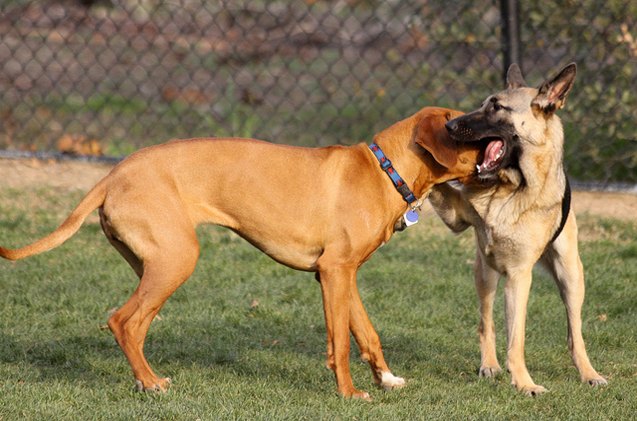Pet Parent Alert: What You Need To Know About Canine Influenza Outbrea

Visitors to the “windy city” may be bringing home more than just a tacky t-shirt, a hankering for deep dish pizza or a Chicago Cubs baseball cap this year. They could be transporting the canine influenza virus and they need to know how to leave this souvenir at the boarding gate.
Related: Chicago Pooches Caught Up In “Dog Flu” Epidemic
The virus gained widespread coverage this past winter as hundreds of dogs in Chicago were infected and several succumbed to the bug. The strain – H3N2 – is similar to the Asian version currently found in southern Chinese and South Korean dog populations and while all canines exposed to the virus will become infected and be considered contagious, it is estimated only 80 percent of those dogs will actually exhibit symptoms.
In Chicago, the alarmingly rapid surge in infected animals caused the Chicago Park District to take the unprecedented step of posting warning signs at dog parks to advise owners to keep a close reign on their pooches, avoid contact with other dogs and enter the park at their own risk. This warning remains in effect and the challenge is that unlike human influenza, it is not a seasonal bug that will pass with time. It can strike at any point of the year and means owners need to be continuously vigilant – particularly those with animals younger than one year or older than seven years.
Related: Kennel Cough Symptoms And Treatments
While the virus is not known to spread from dogs to humans, Rover can experience some pretty nasty symptoms including coughing, fever, yellowish-green colored nasal discharge, dehydration and lethargy. These will typically show up two to four days after exposure to an infected dog and it’s during these few days when he himself is most contagious. Because this infectious state can last up to 10 days after exposure, he will need to be quarantined (which can simply mean kept at home from other dogs) for about two weeks.
But keep in mind it’s not just about nose-to-nose contact. The canine influenza virus is tenacious and can survive on inanimate objects like leashes, water bowls, food bowls, brushes and clothing for 24 hours or on your hands for 12 hours. It can also be contracted by dogs traveling into infected areas – so if you can’t imagine a family vacation without your little guy in tow, do your homework, avoid areas known to carry the virus or get him inoculated well in advance of travel!
[Source: ScienceDaily]

Sharing space with three seriously judgy Schnoodles and a feline who prefers to be left alone. #LivingMyBestLife
More by Mary Simpson






















